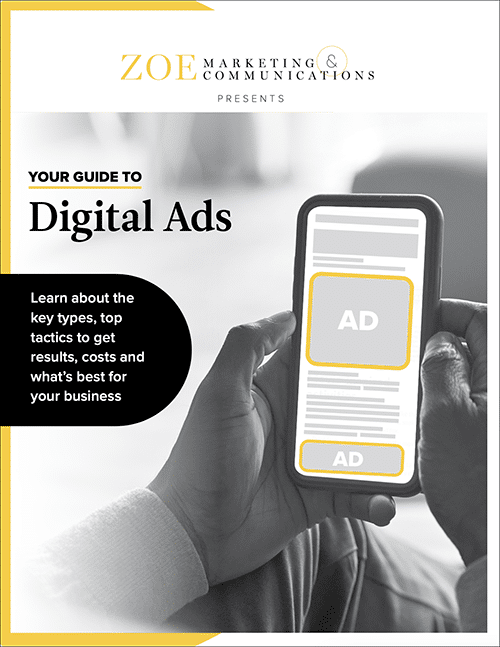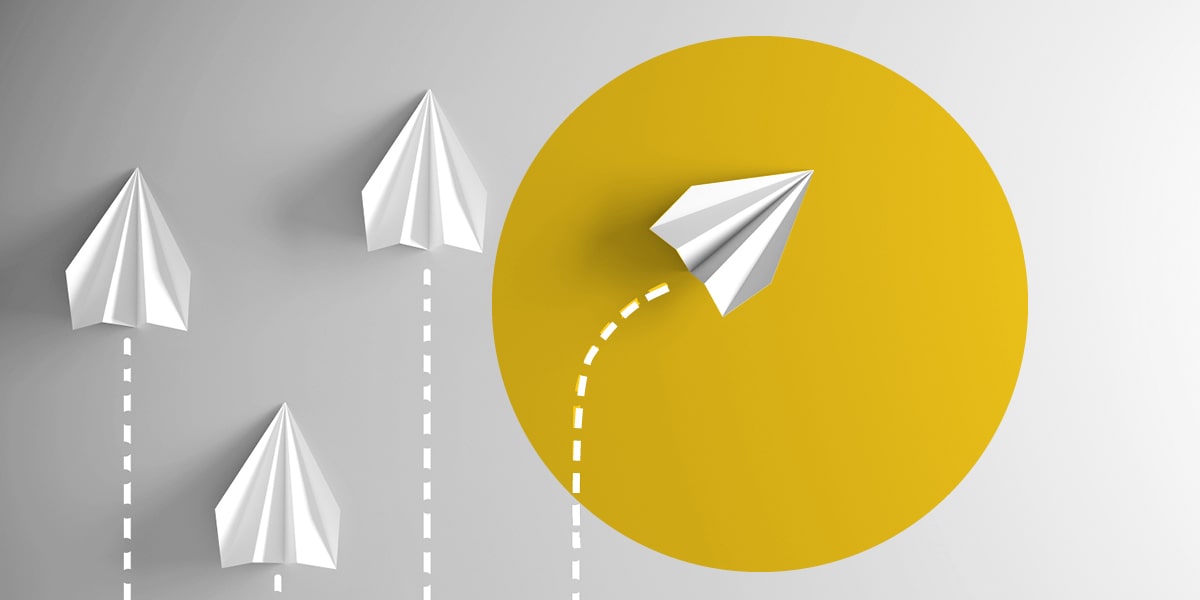
Download Your Digital Ads Guide
Learn how digital ads can help your business, including the tools, techniques and strategies to create successful campaigns.

The grail of marketing is conversions — getting your ideal prospect to take action and become a customer. That action can vary:
✔ A sale or lead
✔ A registration or form fill
✔ A click to your website
✔ A downloaded resource
Yet converting prospects is tough. At Zoe Marketing & Communications, we’ve seen that understanding conversion marketing makes all the difference.
Here are five key insights to help you get better results.
Learn how digital ads can help your business, including the tools, techniques and strategies to create successful campaigns.
Conversions aren’t just sales. Other valuable actions include:
Very few people buy immediately on first contact. Most take time. Your goal is to move them from strangers to engaged prospects.
Expectations matter. On landing pages, a 9.7% conversion rate is considered good. But why do 90% of visitors not convert? Usuall,y it’s one of these reasons:
Impulse buys are rare. Most prospects need time — or more information — to commit.
Higher conversion rates require investment in:
One key metric? Customer lifetime value (CLV). Understanding CLV helps you decide how much to invest in conversion marketing. (Learn more about this in our budget-setting blog.)
Conversions rarely happen without brand awareness. People buy from brands they recognize and trust. Exceptions?
✔ If you have a big budget and low-cost products (think Amazon)
✔ If your business is brand new and needs quick volume
But long-term success requires a mix of awareness, conversion marketing and retargeting tactics.
Once someone converts, act fast:
✔ Deliver what they signed up for immediately
✔ Confirm registrations or purchases ASAP
✔ Follow up quickly — within 5-10 minutes, response time matters
Long-term, two key strategies boost conversions further:
Conversion marketing takes time, investment and patience — but it’s a key part of a well-balanced strategy.
Need help boosting your conversions? Talk to us here at Zoe Marketing & Communications. We’ll refine your approach for better results.
Still exploring? Check out these guides:

Learn how digital ads can help your business, including the tools, techniques and strategies to create successful campaigns.
As Zoe Marketing & Communications’ content manager, Kim Kovelle brings over 20 years of writing and editing experience in metro Detroit. She has strong roots in community journalism and a knack for making complicated topics make more sense.
